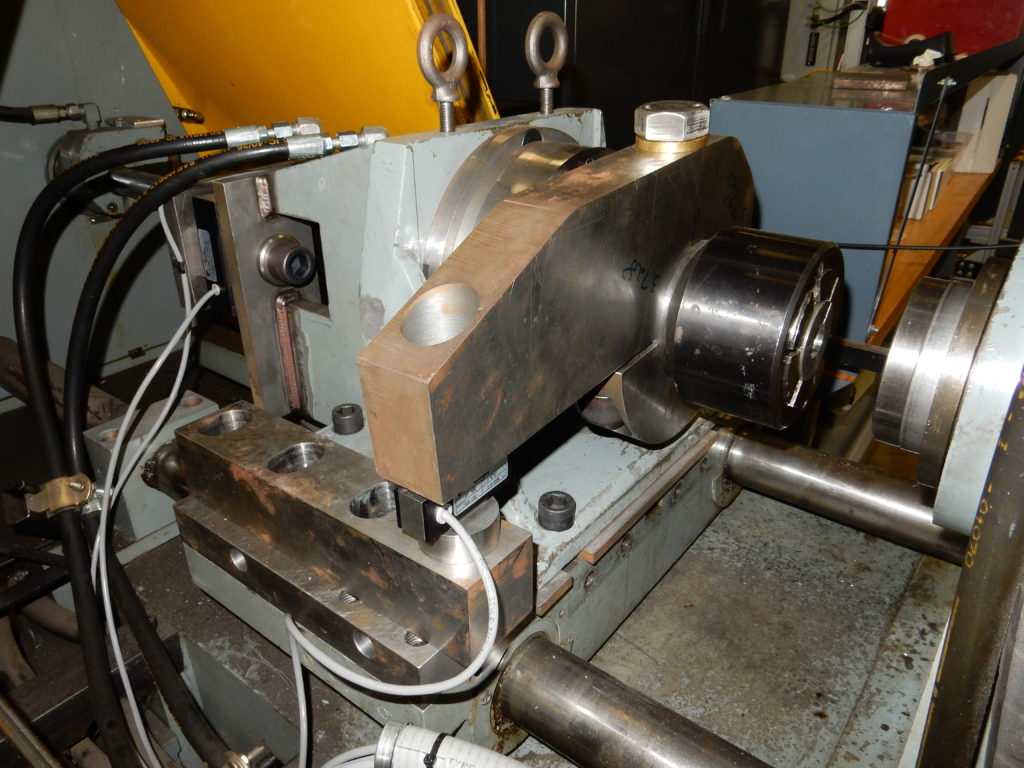
Inertia welding is a well-established, friction-based, solid-state joining process. Many different applications use this welding process, ranging from aircraft engine parts to air bag inflators to hand tools. Process parameters associated with inertia welding (spindle speed, welding force, inertia, and displacement) have been widely studied since the process gained traction in the late 1960s. One characteristic that has received less scrutiny is the torque generated during the process. Torque is known to vary widely during a given welding event. Resulting torques occurring during welding are a key factor in tooling designs and may offer further insight into the quality of the joint.
Most of the previous work performed to understand torque variations during inertia and direct-drive friction welding was done with strain gauges attached to the part or the tooling. Attaching strain gauges presents two drawbacks. First, the data can only be collected once, as the strain gauge is a consumable attached to the workpiece. Second, the gauges are often destroyed during the welding process, which limits usable data. Attaching strain gauges to the tooling does not totally reflect the torque generated.

Recently, EWI developed a monitoring capability for assessing dynamic torque during welding. Here, the tailstock of a Model 120B inertia welder was modified to allow for free rotation during welding. A torque arm was then mounted on that tailstock and coupled to a load cell. The combination enabled direct and calibratable measurement of reaction torques during welding. For comparison, measured torques from the developed system were compared to that from strain gauges placed on a bar that holds the stationary test sample.

The EWI system offers opportunity to directly assess the physical requirements for joining new candidate applications. This information has the potential to improve sizing of equipment and reduce risk in specific tooling designs. In addition, the described monitoring system can provide additional information allowing understanding inertia and friction weldability of specific materials and dissimilar metal combinations.
To learn more about this system, contact Tim Stotler, Principal Engineer, at [email protected].